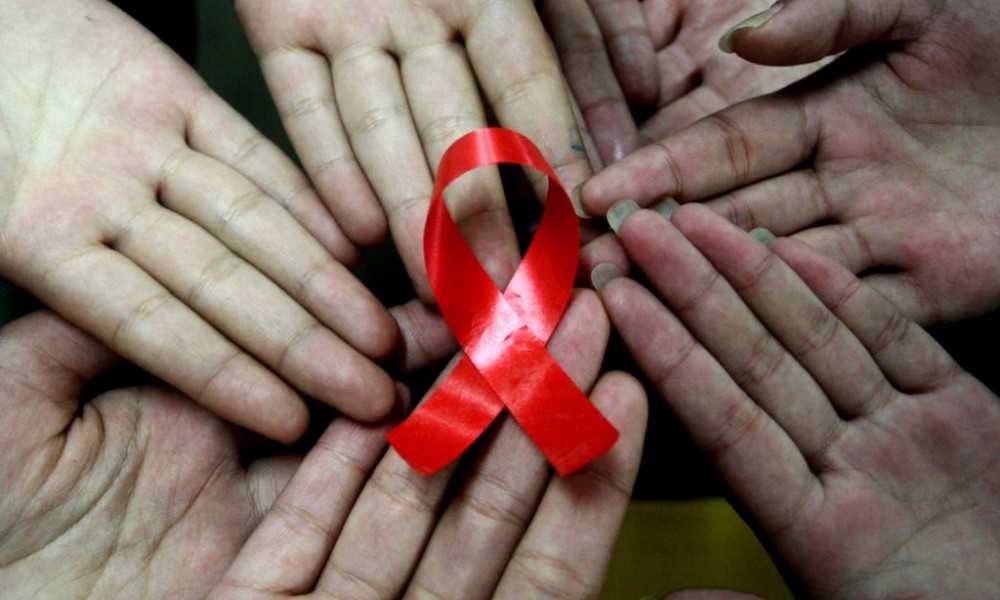World Remembrance Day of AIDS Victims

This date is intended once again to remind people about the dangers of the disease and to remember all those who lost in an unequal fight with it.
First World Remembrance Day of AIDS Victims was marked in San Francisco in 1983. A few years later the American artist Frank Moore came up with the symbol of the movement against the disease – a red ribbon pinned to clothing, as well as colourful paintings quilts – stitched patchworks which commemorate those deceased.
AIDS is an acquired immune deficiency syndrome which is the last stage of HIV infection, when a person's immunity is weakened so that other diseases take over irreversibly and lead to death.
Scientists believe that HIV spread over from monkeys in the middle of the 20th century. The world's oldest human blood sample containing the virus refers to 1959, it belongs to the patient from Congo, the sample had been taken before he died of disease then unknown.
HIV remains one of the major global health problems. It is widespread geographically and is officially registered in almost all countries of the world. According to the World Health Organization, over the past 30 years the virus cut short more than 25 million lives. The most affected region is Africa south of the Sahara – here almost every twentieth adult suffers HIV.





















